Curriculum Links
Digital Technologies Curriculum Information
0. Checklist
1. Thinking about Data
Recap – Role that data plays in their lives
Develop techniques for acquiring, storing and validating quantitative and qualitative data from a range of sources, considering privacy and security requirements (ACTDIP036)
3. Revisiting Spreadsheets
Recap – Acquire, analyse, validate and evaluate various types of data
Recap – Using features and functions of software to summarise data to create information, for example calculating a simple budget of income and payments and creating a summary table for analysis
Recap – Analyse and visualise data using a range of software to create information, and use structured data to model objects or events (ACTDIP026)
Recap – Explore different ways of showing the relationship between data elements to help computation, such as using pivot tables, graphs and clearly defined mark-up or rules.
4. Data Collection Techniques
Recap – Acquire data from a range of sources and evaluate authenticity, accuracy and timeliness (ACTDIP025)
identifying strengths and weaknesses of collecting data using different methods, for example online surveys, face-to-face interviews, phone interviews, observation, blog entries in response to a posting, phone logs, browser history and online webcam systems
how bias can impact the results and value of data collection methods
5. Capturing Quantitative Data
developing strategies and techniques for capturing accurate and usable qualitative and quantitative data of different formats,
using radio buttons or checkboxes for closed questions to acquire quantitative data
6. Capturing Qualitative Data
developing strategies and techniques for capturing accurate and usable qualitative and quantitative data of different formats,
using text entry for open-ended questions to acquire qualitative data;
7. Compiling data
Recap – Acquiring data from a range of sources, for example people, websites, books, mobile phones, radiofrequency identification (RFID) and data repositories such as the Australian Bureau of Statistics datasets, and compiling these data into a digital format
extracting specific data from an external source and storing it in a format that is more useful for analysis, for example combining mapping data from multiple electronic data sets to build a composite representation
8. Security and Privacy
security and privacy of, data of various types
privacy and security implications of how data are used and controlled
developing strategies to ensure the privacy and security of survey data, for example using numbers rather than names as identifiers; password protecting files to reduce risks of modifying data and using CAPTCHA to confirm human responses
9. Legal Responsibilities
investigating legal responsibilities of organisations regarding the storage, communication and disposal of personal and organisational data, for example the Australian Privacy Principles as they apply to intellectual property
applying techniques to make ethical decisions when faced with dilemmas about security and ownership of data, for example selecting an action that results in the greatest benefit for the most number of people; avoiding the use of photos of deceased persons from Aboriginal and Torres Strait Islander communities
10. Web Project: HTML
Create interactive solutions for sharing ideas and information online, taking into account social contexts and legal responsibilities (ACTDIP043)
creating online interactive solutions for working with others by combining or modifying online software tools to support project work
11. Web Project: Form Elements
12. Web Project: Style Sheets
applying a style sheet to a web page
13. Web Project: JavaScript
creating an interactive web-based project that provides enterprising opportunities and complies with accessibility requirements, for example using fragments of a web language to create dynamic content that supports interactivity
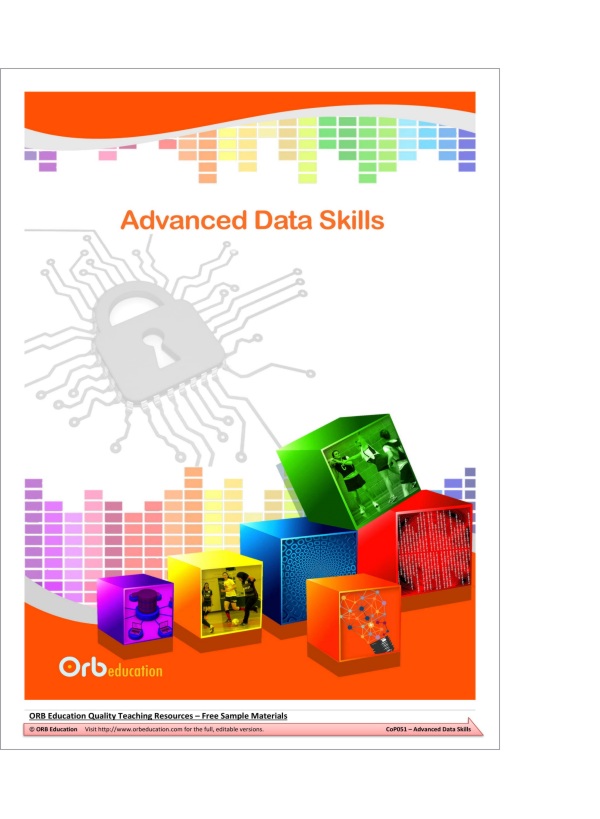
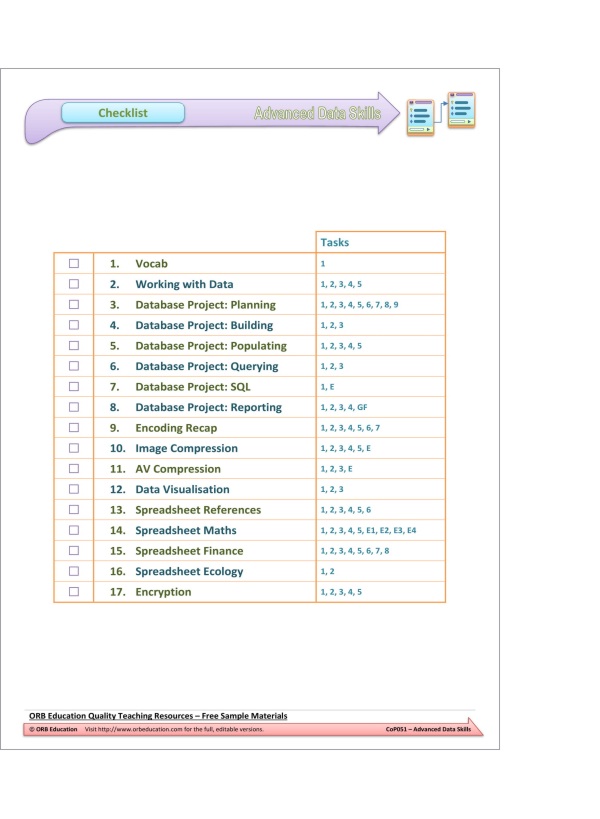
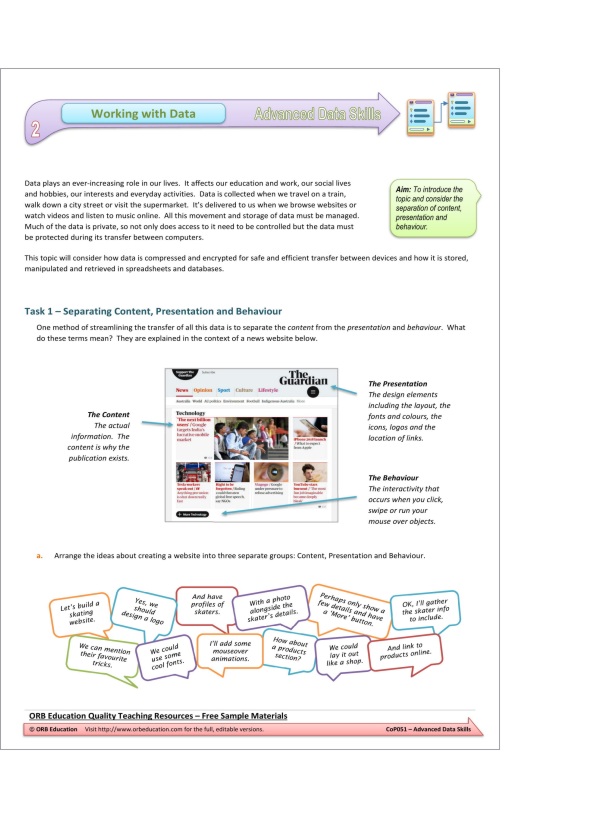
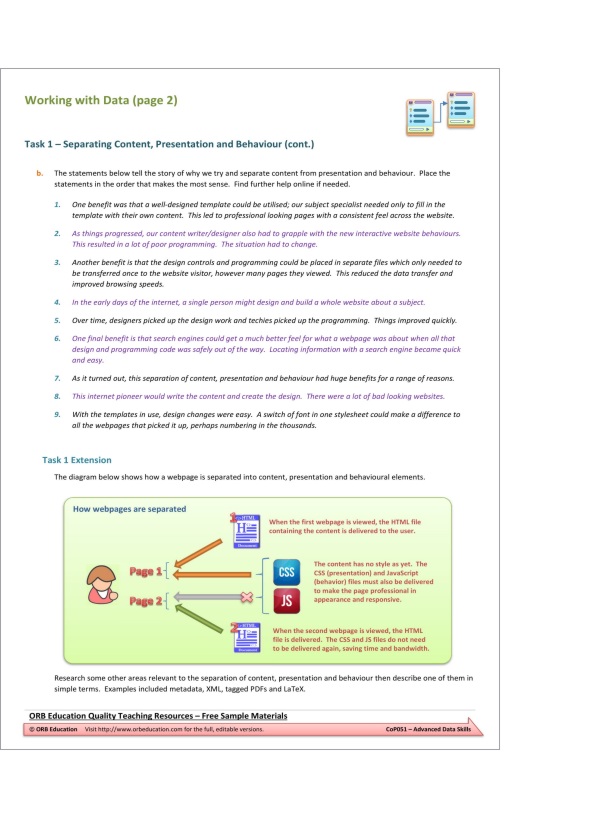
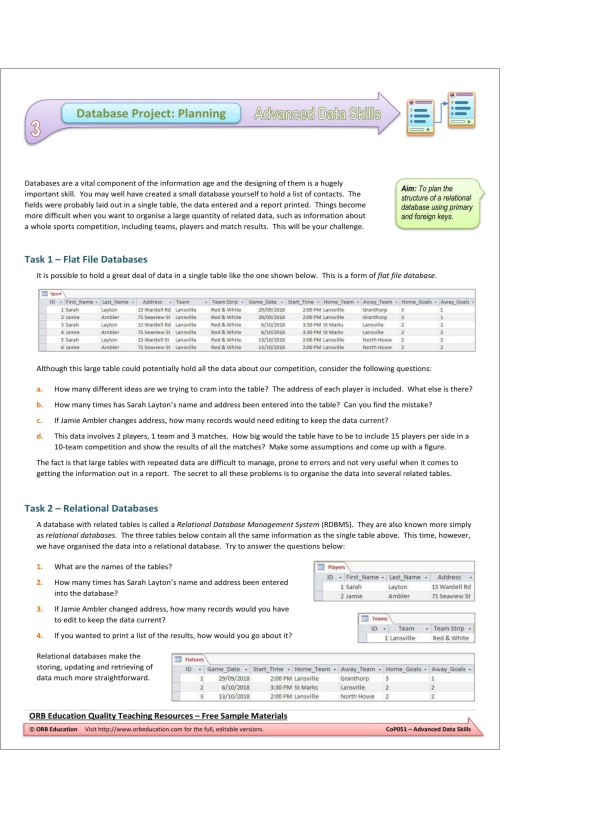
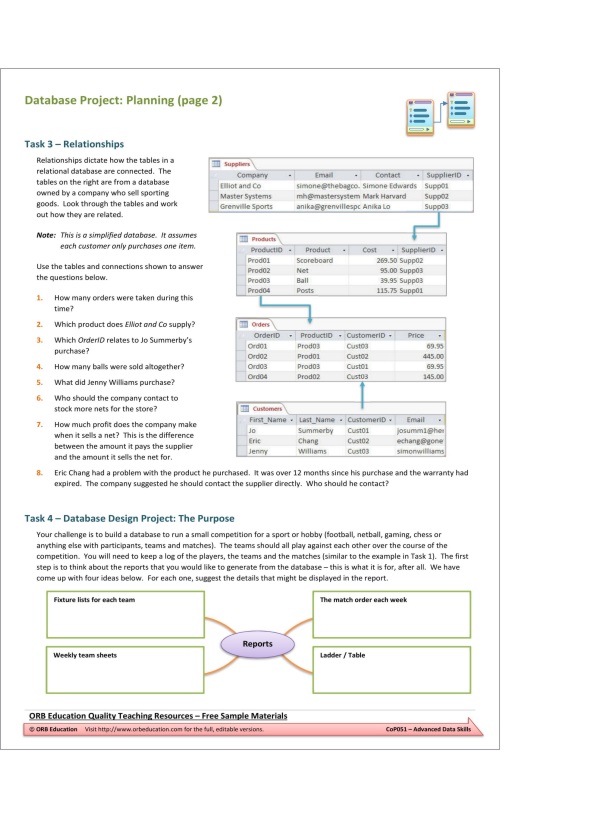
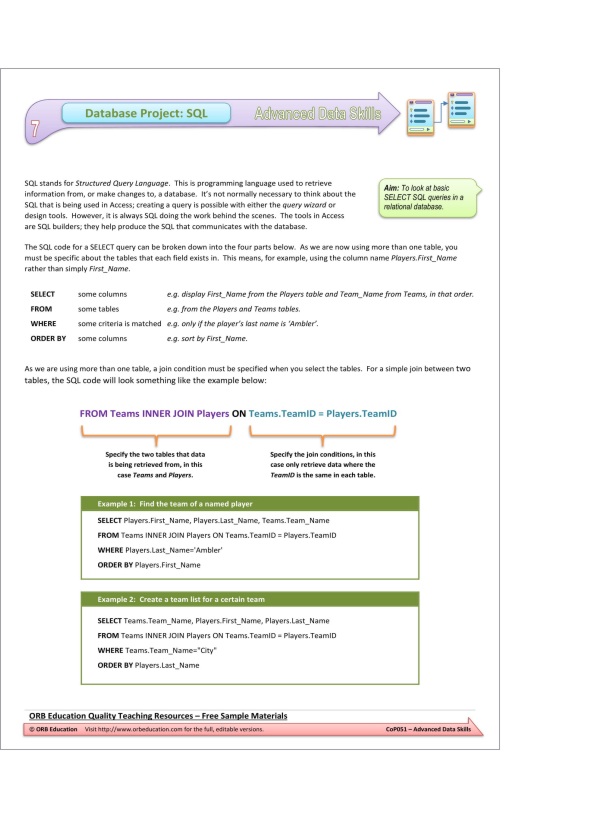
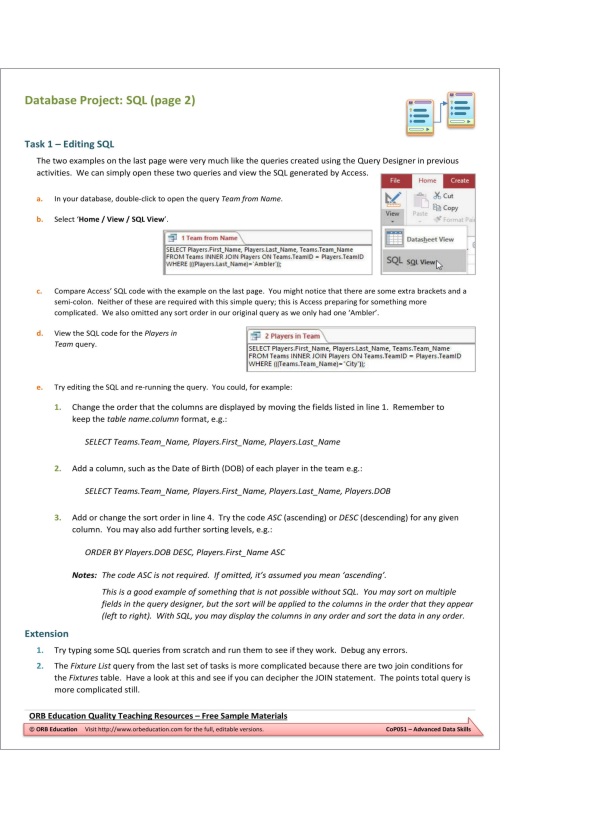
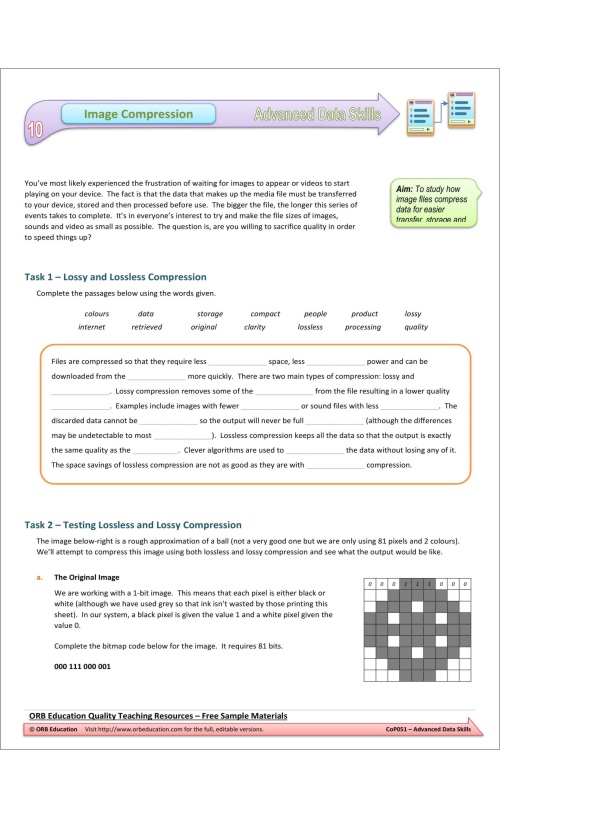
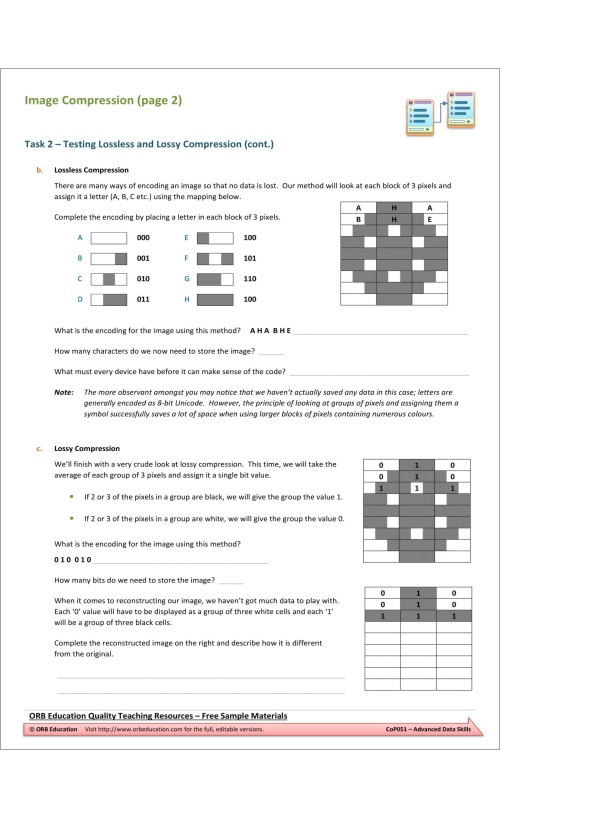
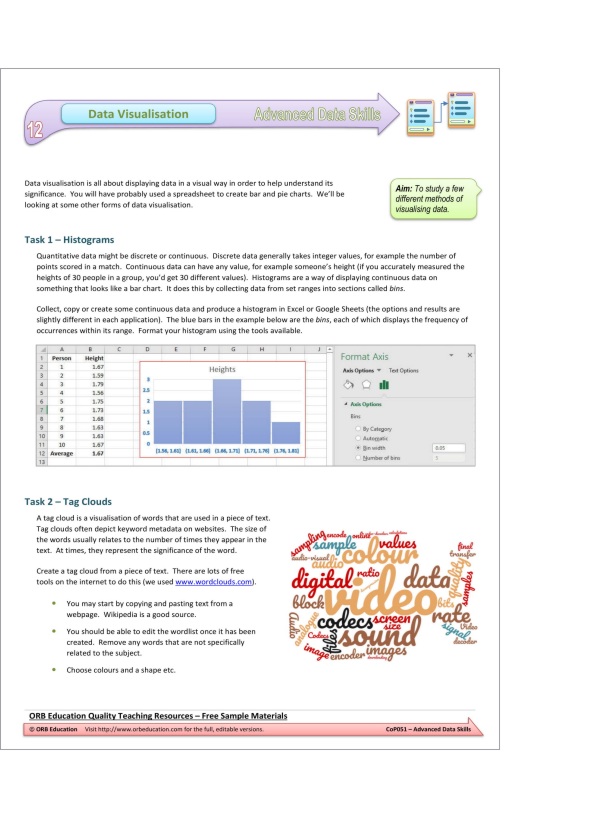
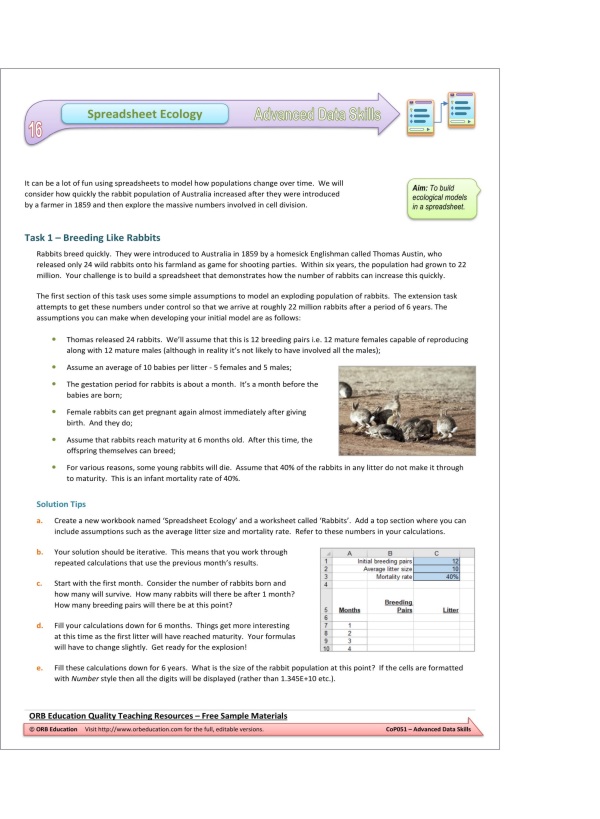
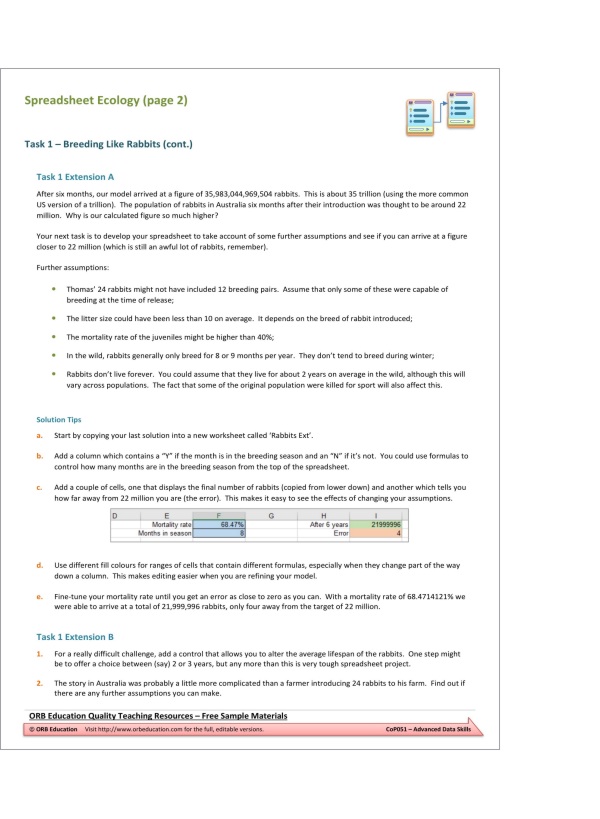
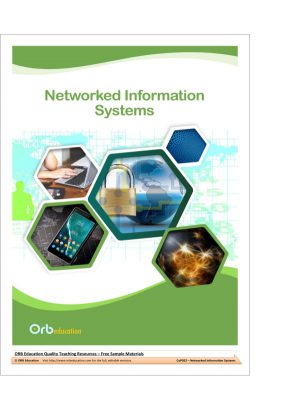
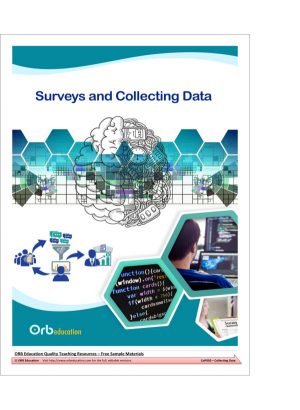
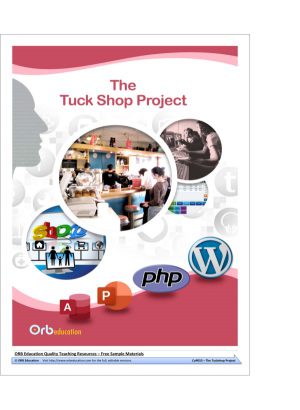
Reviews
There are no reviews yet.